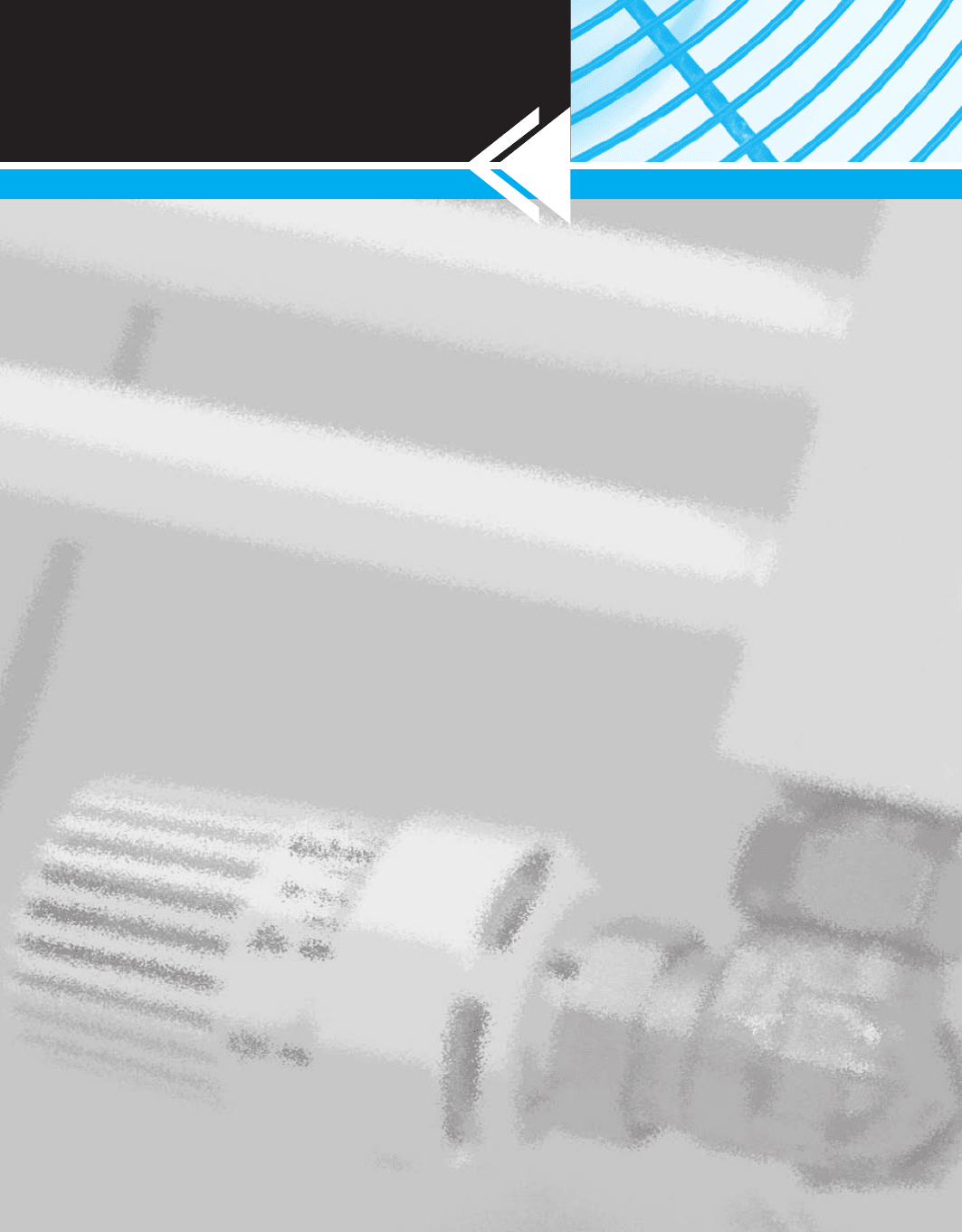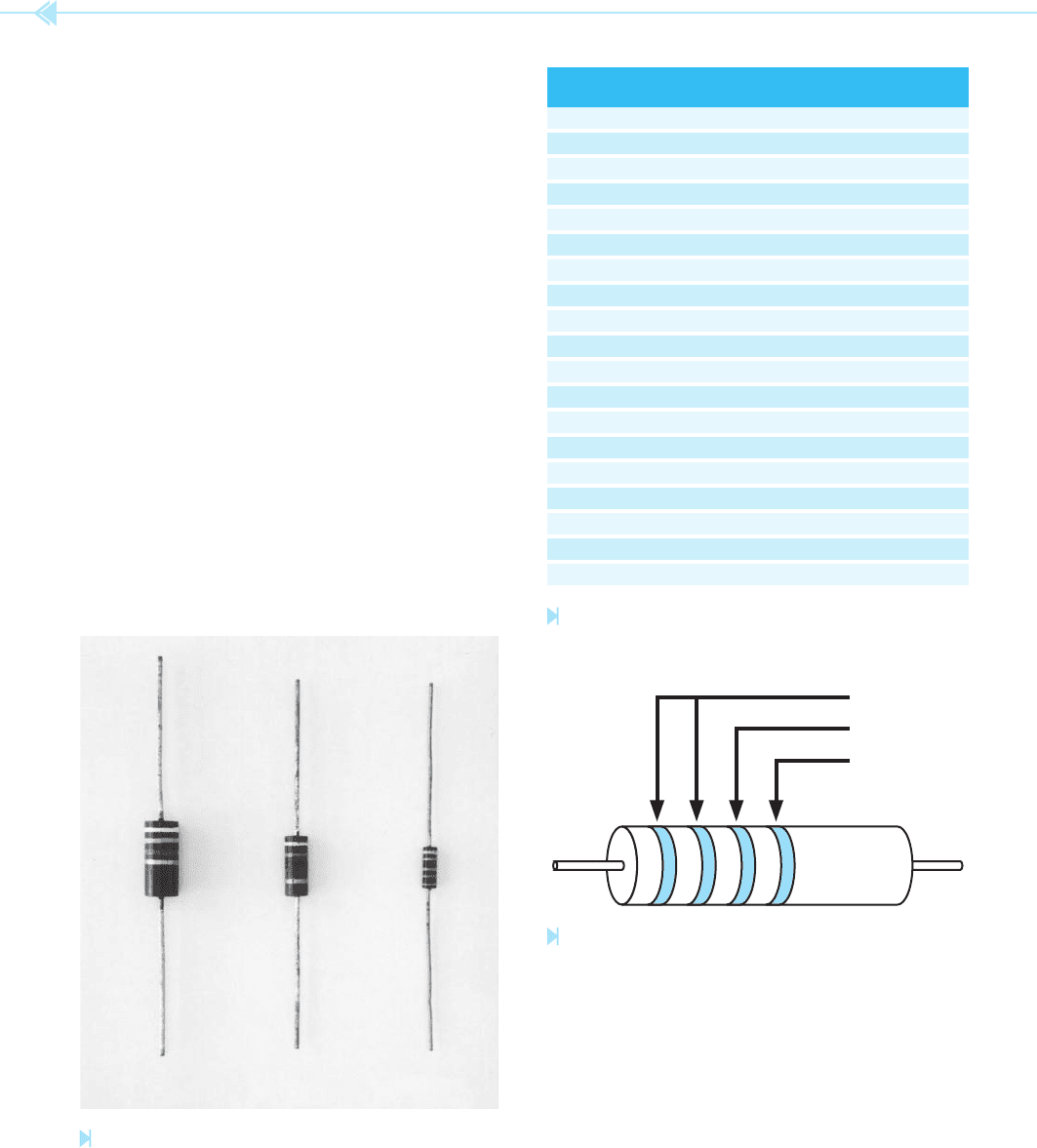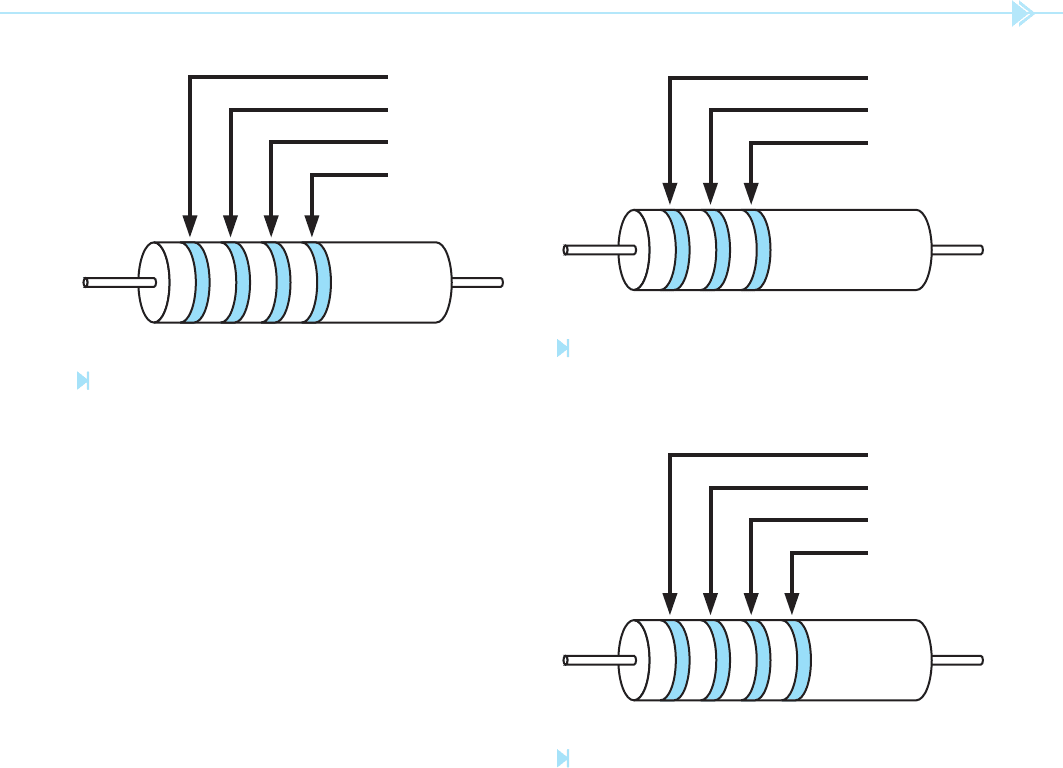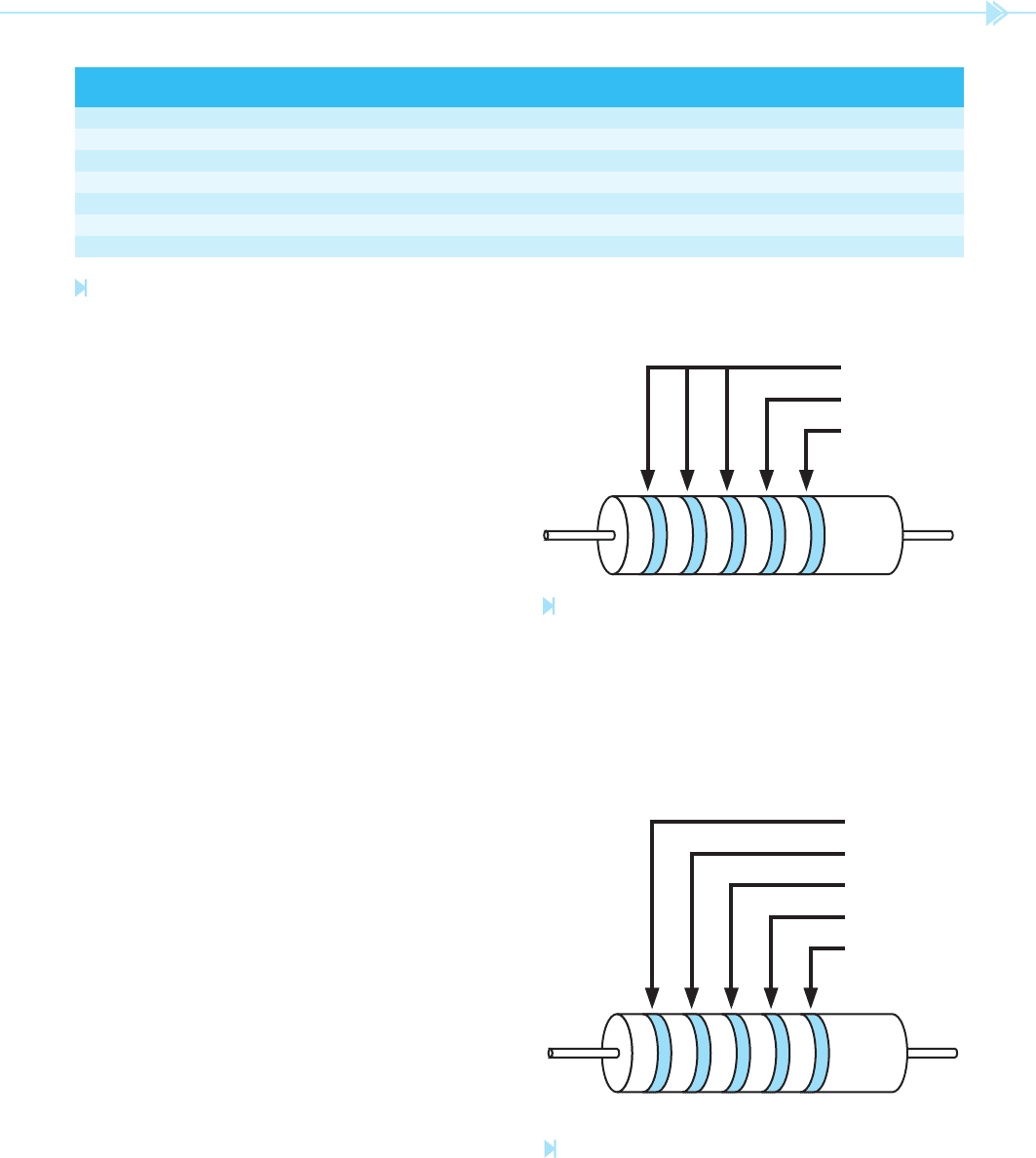Stephen L. Herman, Bennie Sparkman. Electricity and Controls for HVAC-R (6th edition)
Подождите немного. Документ загружается.


460 SECTION 7 Ice Maker and Refrigeration Controls
much the same way as the pressure-operated fan
cycle switch. If pressure decreases, the shutters close
to restrict air ow. If the pressure rises, the piston
pushes against a mechanical rod causing the shut-
ters to open and permit more air ow.
An advantage of shutters is that they open and
close slowly maintaining an even head pressure. If
a condenser contains multiple fans, one fan is gen-
erally equipped with a shutter and the other fans
will be cycled on or off with pressure-activated or
temperature-activated switches.
SUMMARY
Refrigeration systems differ from air conditioning systems in the temperature ranges in
which they operate, and refrigeration systems require some method of defrosting the
evaporator.
Refrigeration systems can experience dif culties due to low head pressure in cold
weather.
Head pressure can be increased by limiting the air ow across the condenser.
Condenser ooding has the effect of covering the condenser with a plastic blanket.
To employ condenser ooding, the unit must have a large charge of refrigerant and a place
to store it.
Condenser ooding is generally accomplished by connecting a pressure-operated valve
between the condenser and the expansion valve.
Fan cycle control is accomplished by turning the condenser fan on or off in relation to
pressure or temperature.
Variable-speed fan cycle controls reduce the voltage applied to the motor if the liquid line
temperature or ambient air temperature decreases below a certain point.
Shutters can be used to decrease air ow across the condenser.
Shutters generally employ a pressure-operated piston to control the opening and closing
of the shutters.
KEY TERMS
opens on rise of differential (ORD)
opens on rise of inlet (ORI)
REVIEW QUESTIONS
1. Explain why low ambient temperatures can cause problems with refrigeration
systems.
2. What can be done to make the unit act as if the condenser has been covered with a
plastic blanket?

UNIT 47 Refrigeration Controls 461
3. Referring to the chart in Figure 47–12, what is the approximate percent of output
voltage at a temperature of 100°F?
4. Referring to the chart in Figure 47–12, at about what temperature does the control
turn the condenser fan off ?
5. Name two requirements that must be met to use condenser ooding to control head
pressure.
6. What device is used to operate the shutters on most shutter systems?
7. Does an increase in pressure cause the shutters to open or close?
8. What problem can be caused by cycling the condenser fan on and off to control head
pressure?
9. What device is used to sense liquid line temperature with the variable-speed fan cycle
control described in this unit?
10. What solid state device does the variable-speed control unit employ to control the
voltage to the condenser fan motor?
This page intentionally left blank

SECTION 8
Solid-State
Devices

Resistors are among the most common components
found in electrical circuits. It is sometimes necessary
for a technician to be able to determine the value of
a resistor in a circuit. Some resistors are intended to
carry large amounts of current and produce heat,
such as the resistors in electric heating systems,
small space heaters, and the burners of an electric
range, Figure 48–1. These resistors are generally
made from a special type of wire called nichrome.
Nichrome wire is about 65 times more resistive
than copper and can be operated at very high
temperatures.
Wire wound resistors are made from nichrome
wire also
. These resistors are often made by wind-
ing nichrome wire on a hollow porcelain tube,
Figure 48–2. Wire wound resistors of this type
should be mounted vertically and not horizontally.
The hollow portion of the resistor acts as a chimney
464
OBJECTIVES
After studying this unit the student should
be able to:
Discuss different types of resistors
Determine the resistance of a resistor
using the color code
Test a resistor to determine if it is
within its rated tolerance
UNIT 48
Resistors and
Color Codes

UNIT 48 Resistors and Color Codes 465
to permit air to circulate through the resistor,
Figure 47–3. People often employ light bulbs as
small heaters to protect well pumps during periods
of cold weather. The problem with light bulbs is
that they have a bad habit of burning out during
the coldest nights of the year. A better solution is
to use a wire wound resistor instead of a light bulb.
A resistor with a value of 120 ohms would produce
120 watts of heat when connected to 120 volts.
If the resistor were rated at 150 watts or more, it
would probably never burn out.
Figure 48–1
Electric heating element.
(Source: Delmar/Cengage Learning)
Figure 48–2
Wire wound resistor. (Source: Delmar/Cengage Learning)
Figure 48–3
Mounting the resistor vertically permits air to fl ow
through the hollow opening. (Source: Delmar/Cengage Learning)

466 SECTION 8 Solid-State Devices
Wire wound resistors generally have the ohmic
value and power rating written on the resistor. If the
ohmic value is not written on the resistor, an ohm-
meter can be used to determine its value.
Color Code
Small xed resistors with ratings of
1
/8 to 2 watts
are generally marked with bands of color to
indicate their ohmic value and tolerance. The
size of the resistor indicates its wattage rating,
Figure 48–4. Resistors can have from three to ve
bands of color. Most have four bands. The colors
are used to indicate a numeric value. The chart in
Figure 48–5 lists the colors and their corresponding
number value. Resistors with a tolerance of ⫾20%
will contain three bands of color. Resistors with a
tolerance of ⫾10%, ⫾5%, and ⫾2% will contain
four bands of color, and resistors with a tolerance
of ⫾1% and some special purpose resistors will
contain ve bands of color. When determining the
ohmic value and tolerance of a resistor with three
or four bands of color, the rst two bands represent
numbers, the third band is the multiplier, and the
fourth band indicates the tolerance, Figure 48–6.
If the resistor has a tolerance of ⫾10%, the fourth
band will be silver. The fourth band will be gold for a
resistor with a tolerance of ⫾5%, and red for a resis-
tor with a tolerance of ⫾2%.
Assume a resistor has color bands of yellow,
violet, orange, and gold, Figure 48–7. The rst two
2 WATT
1 WATT
1
/2 WATT
Figure 48–4
The size of a fi xed resistor indicates its wattage value.
(Source: Delmar/Cengage Learning)
COLOR NUMBER VALUE
Black 0
Brown 1
Red 2
Orange 3
Yellow 4
Green 5
Blue 6
Violet 7
Gray 8
White 9
Tolerance
No fourth band 20%
Silver fourth band 10%
Gold fourth band 5%
Red fourth band 2%
Brown fi fth band 1%
Special Multipliers
Gold third band 0.10
Silver third band 0.01
Figure 48–5
Colors represent numeric values. (Source: Delmar/
Cengage Learning)
TOLERANCE
MULTIPLIER
NUMBERS
Figure 48–6
Four band resistor.
(Source: Delmar/Cengage Learning)

UNIT 48 Resistors and Color Codes 467
bands represent numbers. Yellow is 4 and violet
is 7. The third band is the multiplier. Add the num-
ber of zeros indicated by the color. Orange is three,
so add 3 zeros. The number becomes 47000. The
resistor has a value of 47,000 ohms with a toler-
ance of ⫾5%.
Now assume that a resistor has color bands of
green, brown, black, Figure 48–8. Green is 5, brown
is 1, and black is 0. The rst two colors are numbers
51 and the third band color is black which is zero.
This means there is no multiplier. The resistor has
an ohmic value of 51 ohms. Since there is no third
band the resistor has a tolerance of ⫾20%.
Resistors that have a value less than 10 ohms
use gold and silver in the third band as multipliers.
When a resistor has a third band of gold it means to
multiply the rst two numbers by 0.1 or divide the
rst two numbers by 10. If the third band is silver,
multiply the rst two numbers by 0.01 or divide the
rst two numbers by 100. Assume a resistor has
colors of blue, gray, gold, and red, Figure 48–9. Blue
is 6, gray is 8 and gold means to divide by 10. The
resistor has an ohmic value of 6.8 ohms. The red
fourth band indicates a tolerance of ⫾2%.
Tolerance
The tolerance indicates the limits of ohmic value.
Assume that a resistor is marked 1,000 ohms with
a tolerance of ⫾10%. To determine if this resistor
is within its tolerance rating, nd 10% of the rated
47,000 OHMS 5%
GOLD
ORANGE
VIOLET
YELLOW
Figure 48–7
The resistor has a value of 47,000 ohms with a
tolerance of 5%. (Source: Delmar/Cengage Learning)
51 OHMS 20%
BLACK
BROWN
GREEN
Figure 48–8
The resistor has a value of 51 ohms and a tolerance
of 20%. (Source: Delmar/Cengage Learning)
6.8 OHMS 2%
RED
GOLD
GRAY
BLUE
Figure 48–9
The resistor has a value of 6.8 ohms with a tolerance
of 2%. (Source: Delmar/Cengage Learning)
value (1,000 ⫻ 0.10 ⫽ 100 ⍀. The resistor will be in
tolerance if its value is between 1,100 and 900 ohms
(1,000 ⫹ 100 ⫽ 1,100 and 1,000 – 100 ⫽ 900).
Standard Resistance Values
Fixed resistors are generally manufactured in stan-
dard values. The higher the tolerance value, the
fewer resistance values available. Standard resis-
tor values for different tolerances are listed in the
chart shown in Figure 48–10. In the column under
10% only 12 values of resistance are listed. These
standard values, however, can be multiplied by fac-
tors of 10. Notice that one of the standard values
listed is 33 ⍀. There are also standard values in

468 SECTION 8 Solid-State Devices
STANDARD RESISTANCE VALUES
.1%, .25%, .5% 1% .1%, .25%, .5% 1% .1%, .25%, .5% 1% .1%, .25%, .5% 1%
10.0 10.0 17.8 17.8 31.6 31.6 56.2 56.2
10.1 – 18.0 – 32.0 – 56.9 –
10.2 10.2 18.2 18.2 32.4 32.4 57.6 57.6
10.4 – 18.4 – 32.8 – 58.3 –
10.5 10.5 18.7 18.7 33.2 33.2 59.0 59.0
10.6 – 18.9 – 33.6 – 59.7 –
10.7 10.7 19.1 19.1 34.0 34.0 60.4 60.4
10.9 – 19.3 – 34.4 – 61.2 –
11.0 11.0 19.6 19.6 34.8 34.8 61.9 61.9
11.1 – 19.8 – 35.2 – 62.6 –
11.3 11.3 20.0 20.0 35.7 35.7 63.4 63.4
11.4 – 20.3 – 36.1 – 64.2 –
11.5 11.5 20.5 20.5 36.5 36.5 64.9 64.9
11.7 – 20.8 – 37.0 – 65.7 –
11.8 11.8 21.0 21.0 37.4 37.4 66.5 66.5
12.0 – 21.3 – 37.9 – 67.3 –
12.1 12.1 21.5 21.5 38.3 38.3 68.1 68.1
12.3 – 21.8 – 38.8 – 69.0 –
12.4 12.4 22.1 22.1 39.2 39.2 69.8 69.8
12.6 – 22.3 – 39.7 – 70.6 –
12.7 12.7 22.6 22.6 40.2 40.2 71.5 71.5
12.9 – 22.9 – 40.7 – 72.3 –
13.0 13.0 23.2 23.2 41.2 41.2 73.2 73.2
13.2 – 23.4 – 41.7 – 74.1 –
13.3 13.3 23.7 23.7 42.2 42.2 75.0 75.0
13.5 – 24.0 – 42.7 – 75.9 –
13.7 13.7 24.3 24.3 43.2 43.2 76.8 76.8
13.8 – 24.6 – 43.7 – 77.7 –
14.0 14.0 24.9 24.9 44.2 44.2 78.7 78.7
14.2 – 25.2 – 44.8 – 79.6 –
14.3 14.3 25.5 25.5 45.3 45.3 80.6 80.6
14.5 – 25.8 – 45.9 – 81.6 –
14.7 14.7 26.1 26.1 46.4 46.4 82.5 82.5
14.9 – 26.4 – 47.0 – 83.5 –
15.0 15.0 26.7 26.7 47.5 47.5 84.5 84.5
15.2 – 27.1 – 48.1 – 85.6 –
15.4 15.4 27.4 27.4 48.7 48.7 86.6 86.6
15.6 – 27.7 – 49.3 – 87.6 –
15.8 15.8 28.0 28.0 49.9 49.9 88.7 88.7
16.0 – 28.4 – 50.5 – 89.8 –
16.2 16.2 28.7 28.7 51.1 51.1 90.9 90.9
16.4 – 29.1 – 51.7 – 92.0 –
16.5 16.5 29.4 29.4 52.3 52.3 93.1 93.1
16.7 – 29.8 – 53.0 – 94.2 –
16.9 16.9 30.1 30.1 53.6 53.6 95.3 95.3
17.2 – 30.5 – 54.2 – 96.5 –
17.4 17.4 30.9 30.9 54.9 54.9 97.6 97.6
17.6 – 31.2 – 55.6 – 98.8 –

UNIT 48 Resistors and Color Codes 469
STANDARD RESISTANCE VALUES continued
2%, 5% 10% 2%, 5% 10% 2%, 5% 10% 2%, 5% 10%
10 10 18 18 33 33 56 56
11 – 20 – 36 – 62 –
12 12 22 22 39 39 68 68
13 – 24 – 43 – 75 –
15 15 27 27 47 47 82 82
16 – 30 – 51 – 91 –
Figure 48–10
Standard resistance values. (Source: Delmar/Cengage Learning)
10% resistors of 0.33; 3.3; 330; 3300; 33,000; and
330,000, 3,300,00 ⍀. Notice there is no listing for
a value 32 or 34 ohms. They do not exist as a stan-
dard value. The 2% and 5% column lists 24 stan-
dard values and the 1% column lists 96 values. All
of the values listed can be multiplied by factors of 10
to obtain other resistance values. Resistors with tol-
erance ratings of 0.1%, 0.25%, and 0.5% generally
have the resistance value printed on the resistor.
1% Value Resistors
Notice in the chart shown in Figure 48–10 that the
resistor values listed in the 1% column have three
numeric numbers instead of two as is the case with
2%, 5%, and 10% values. Because resistors with a
tolerance of 1% use three numbers instead of two,
a ve band resistor must be used to indicate their
value, Figure 48–11. Assume a ve band resistor
has color bands of brown, blue, yellow, orange, and
brown, Figure 48–12. The rst three bands repre-
sent numbers: brown ⫽ 1, blue ⫽ 6, and yellow ⫽
4. The fourth band is orange, which means that you
would multiply by 1,000 or move the decimal three
places; 16.4 becomes 16,400 ohms. The fth band is
brown, which indicates a tolerance value of ⫾1%.
Other Fifth-Band Colors
Some resistors have ve bands of color that are not
1% resistors. These are generally military markings.
A resistor with a fth band of yellow or orange is
a reliability rating. The military often needs resis-
tors that have been tested for reliability. It has long
been known that if a resistor can operate within its
tolerance for some number of hours without failure
TOLERANCE
(BROWN)
MULTIPLIER
NUMBERS
Figure 48–11
Five-band resistor. (Source: Delmar/Cengage Learning)
16,400 OHMS 1%
BROWN
ORANGE
YELLOW
BLUE
BROWN
Figure 48–12
A 1% resistor has fi ve color bands. (Source: Delmar/
Cengage Learning)
